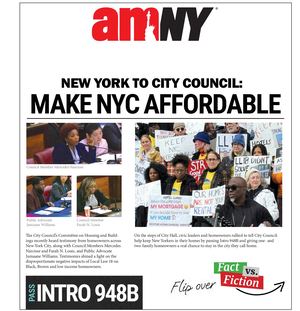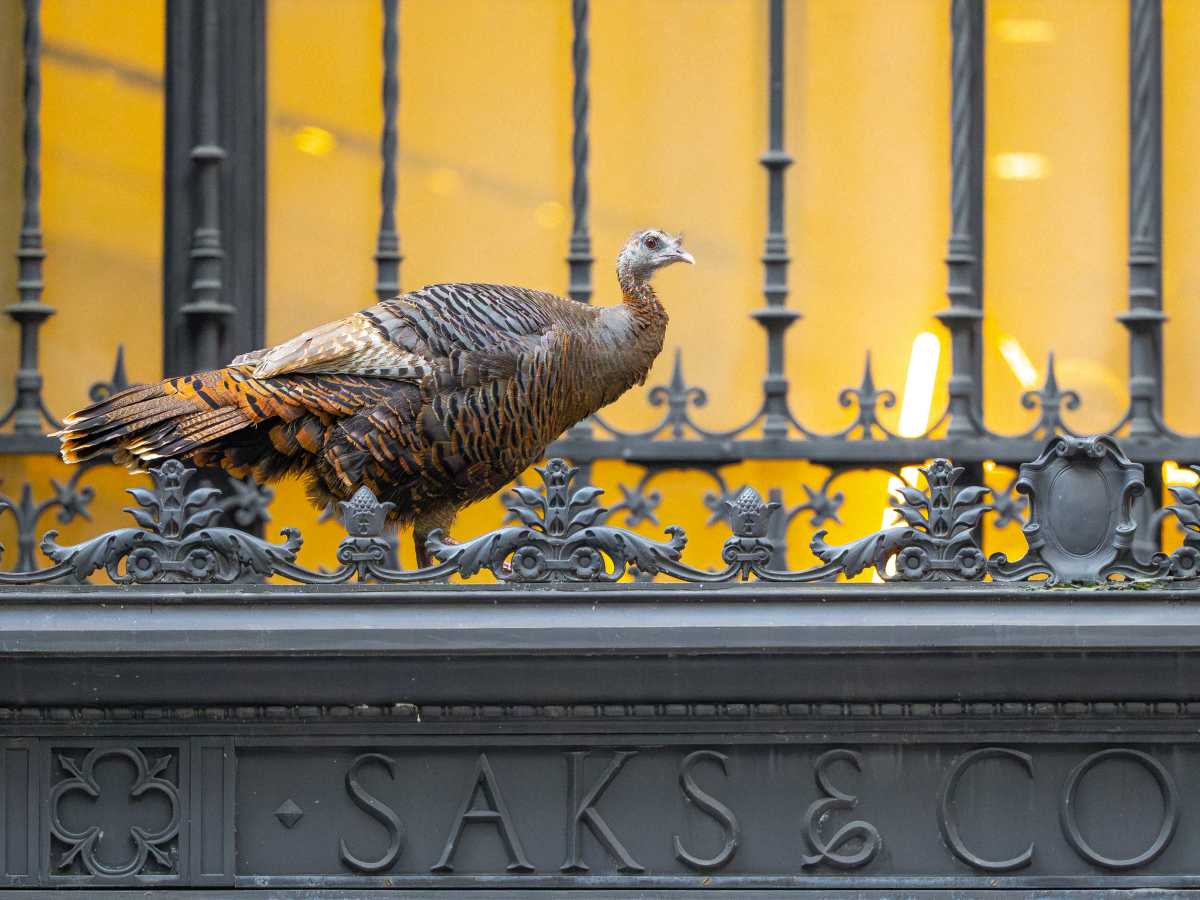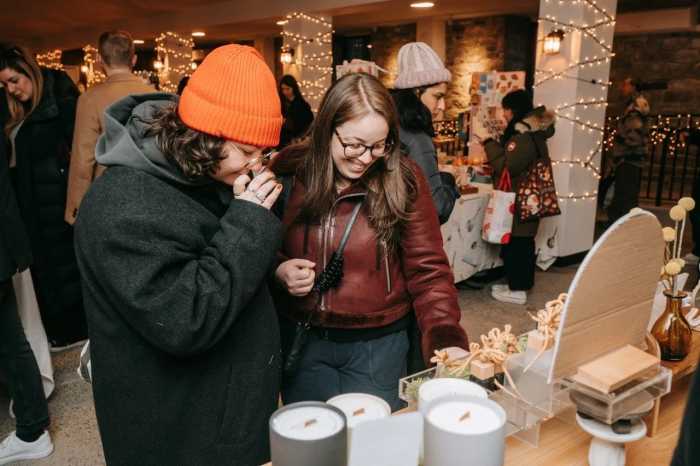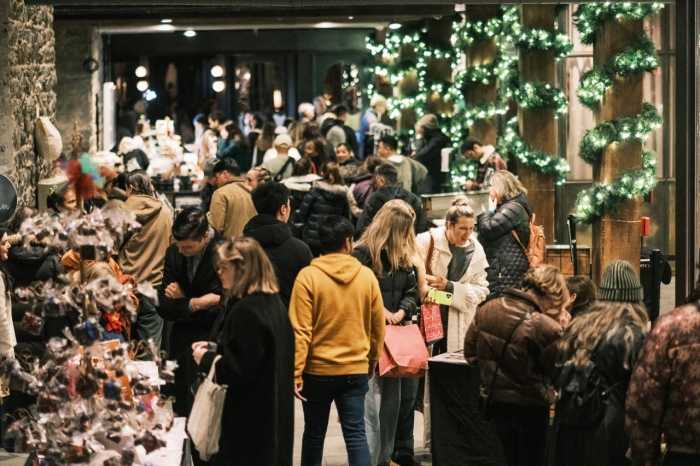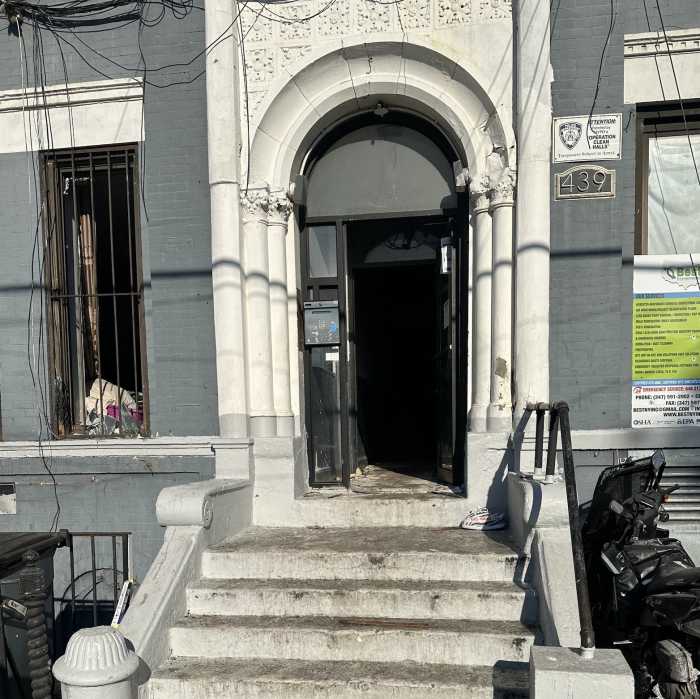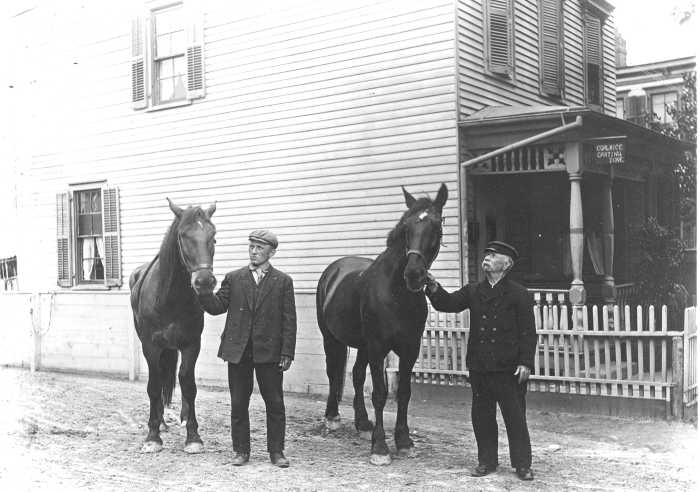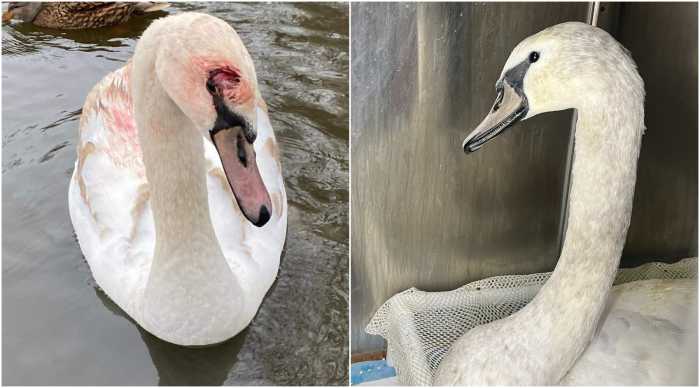Move over, pigeons! Wild turkeys are strutting their stuff as another symbolic Big Apple bird.
Even as thousands of New Yorkers gobble up turkey on their Thanksgiving dinner plates, wild turkeys are thriving in the city’s urban wildlife landscape. Native to North America, turkeys live throughout the city, scouting out habitats that have tall trees and delicious treats, such as, well, bugs.
Wild turkeys (Meleagris gallopavo) are flockin’ around NYC. Much of that avian action takes place on Staten Island, mostly to the delight, but sometimes to the dismay, of local residents who talked turkey with amNewYork.
“I like seeing them around. It gives Staten Island a country feel,” Mary, a Staten Islander, said. “I see them mostly around Dongan Hills.”
Islander Alice Kellman shared a story about a mama turkey who laid 13 eggs in her front yard.
“We had a ball watching her,” Kellman said. “She would leave during the day, I guess, for food and come back and sit on them at night.”
And then, the eggs hatched and poults (baby turkeys) emerged, she said.
“Within a day or two, they were all walking around. Adorable,” Kellman said. “We kept our distance, but she seemed to be okay with us near her.”
Many Staten Island turkeys use the grassy grounds at Staten Island University Hospital in Ocean Breeze as their headquarters. It can be “overwhelming,” according to some nearby residents.
“I don’t live far from [the] hospital, but it’s all over the place,” Cristina Prenice said.
Wild turkeys are a feathered phoenix
The wild turkey’s story is one for the record books.
Once nearly wiped off the map by unregulated hunting, these magnificent birds have staged one of conservation’s most spectacular comebacks — having once been almost eradicated to become a feathered icon right in the heart of the Big Apple.
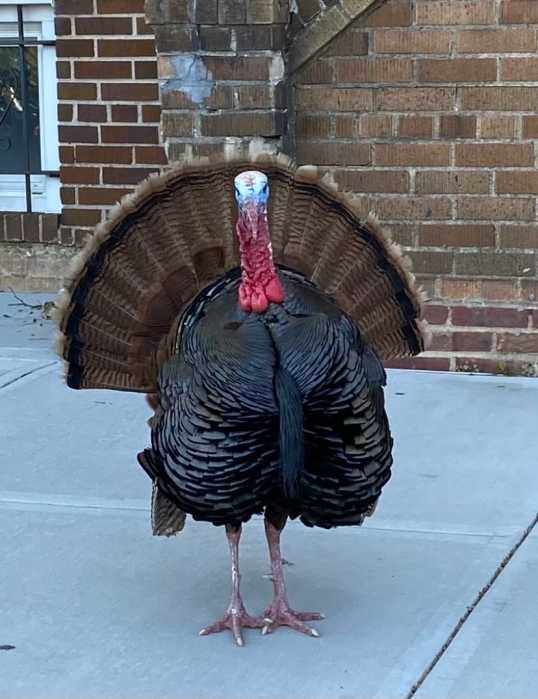
“They are now relatively abundant in parts of NYC, but a hundred years ago, they were nearly wiped out by hunting,” Jessica Willson, executive director of the NYC Bird Alliance (formerly NYC Audubon) explained. “By the late 1800s and early 1900s they were all almost gone.”
But soon thereafter, smart-thinking humans stepped in with effective strategies to save the hefty avians.
“Through the 1900s, several decades of habitat restoration and wildlife management based on science and biology brought those birds back,” Wilson said. “And now, wild turkeys are pretty abundant in parts of NYC, including Staten Island, where they’re very common, and you’ll see them in the larger parks of the Bronx, too.”
Conservation efforts can take time, sometimes decades, to see results. However, Wilson explained that NYC has done an effective job of saving both turkeys and their natural habitat.
“Population needs to grow over time, and restoring the habitat and protecting the habitat that is already there has helped,” Wilson said. NYC has done a great job of that in the last few decades. You’re seeing birds, like wild turkeys, exploring and using that habitat.”
Turkeys are an ancient avian species that has walked the Earth longer than Homo sapiens.
“The cool thing about them is that they have fossil records from the U.S. that date back more than 5 million years, so they’ve been here for years and years,” said Kaitlin Hunt, an Urban Park Ranger with NYC Parks.
Keeping things natural and keeping ticks away
In general, turkeys and other birds are a critical part of the ecosystem, conservationists say.
“Birds pollinate native plants, they control pests and connect people to nature,” Wilson said. “Turkeys do all of those things.”

They are also opportunistic animals that can inhabit places like woods, edges of forests and lawns, places where insects, including ticks, are often found.
“Where there is food, they will go,” Hunt said. “They do like wooded areas, they do like more open meadows as well. As omnivores, they like to eat insects, berries, plants, nuts. But a lot of insects also like those open meadow areas where they are going to be pollinating a lot of those flowers and grasses. That’s where the turkeys are going to go.”
Turkeys find an ideal habitat in NYC — even in Lower Manhattan, which is more known for its finance than its feathers.
Last year, a female turkey (called a hen) made headlines when she was spotted strutting her stuff alongside the bustling traffic of Midtown Manhattan. Cops and animal experts tried to wrangle her to safety, but ultimately decided she did not need to be captured.
Named Astoria, after she was once spotted in the Queens neighborhood, she later moved to Lower Manhattan and lately has been calling Battery Park home.
How Astoria commuted from Queens to Manhattan is anyone’s guess, but she likely used her wings. Despite their heft, turkeys are powerful and can fly short distances at around 50 mph. (The bigger question, of course, is whether Astoria paid the congestion pricing toll upon entering Midtown.)
While humans should not approach wild turkeys, birders said New Yorkers should look at — from afar — just how well Astoria is thriving in Battery Park.
“We encourage New Yorkers to celebrate her and appreciate her, from a distance, let her stay wild, take a photo and let her continue on her Manhattan commute,” Wilson said.
New Yorkers would like to take action to protect birds in NYC can register for the NYC Bird Alliance’s annual Christmas Bird Count, which will be held on Sunday, Dec. 14.
Hundreds of volunteers will fan out to parks and green spaces across Manhattan — including at Battery Park, where Astoria hangs out — to collect data that will help conservation action to protect birds.
